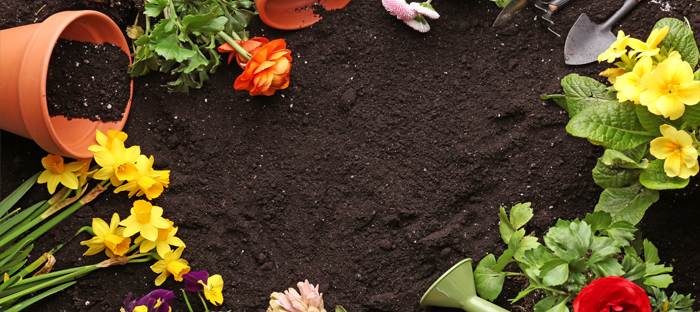Garden nest boxes play a crucial role in providing shelter and breeding sites for various bird species, contributing significantly to biodiversity conservation and ecosystem health. However, ensuring their effectiveness requires more than just installation; it necessitates understanding the factors that make these boxes appealing to target species. Recent research has delved into this topic, uncovering insights that can guide efforts to enhance the attractiveness of garden nest boxes.
Understanding Bird Preferences:
One key aspect of recent research involves understanding the preferences of birds when selecting nest sites. Different species exhibit varying preferences regarding nest box characteristics such as size, entrance hole diameter, and placement height. For instance, cavity-nesting species like bluebirds may prefer larger boxes with specific dimensions, while smaller species like chickadees may favor smaller, more enclosed spaces. By aligning nest box designs with the preferences of target species, gardeners can significantly increase their appeal.
Importance of Location:
Another crucial finding pertains to the importance of nest box location. Recent studies have emphasized the significance of placing nest boxes in suitable habitats that mimic natural nesting sites. This includes considerations such as proximity to food sources, shelter from predators, and adequate sunlight exposure. Moreover, researchers have highlighted the value of maintaining a certain distance between nest boxes to prevent overcrowding and territorial conflicts among bird species.
Incorporating Environmental Stimuli:
Recent research has also explored the role of environmental stimuli in attracting birds to nest boxes. This includes incorporating visual and auditory cues that mimic natural nesting environments. For instance, installing decoy eggs or playing recordings of bird calls can signal to potential nesters that the site is safe and suitable for breeding. Additionally, providing nesting materials such as twigs, feathers, and grass can further enhance the attractiveness of nest boxes by offering resources for nest construction.
Promoting Nest Box Monitoring and Maintenance:
Beyond initial installation, recent studies underscore the importance of ongoing monitoring and maintenance of nest boxes. Regular inspections allow gardeners to identify and address issues such as nest predation, parasitism, and deterioration of box materials. Moreover, researchers advocate for the implementation of citizen science initiatives where gardeners can contribute data on nest box occupancy and breeding success, facilitating broader conservation efforts and informing management strategies.
Educational Outreach and Community Engagement:
Lastly, recent research highlights the value of educational outreach and community engagement in promoting the appeal of garden nest boxes. By raising awareness about the importance of providing nesting sites for birds and the benefits of biodiversity conservation, researchers aim to inspire individuals to take action in their own gardens. This can involve workshops, educational materials, and collaborative projects that empower community members to create bird-friendly habitats through the installation and maintenance of nest boxes.
Conclusion:
Recent research offers valuable insights into enhancing the appeal of garden nest boxes through a combination of factors including understanding bird preferences, selecting optimal locations, incorporating environmental stimuli, promoting monitoring and maintenance, and fostering educational outreach and community engagement. By integrating these findings into practice, gardeners can create welcoming habitats that attract a diverse range of bird species, contributing to the conservation of avian biodiversity and the health of ecosystems. Through collaborative efforts, individuals can play a significant role in fostering a greater connection between humans and nature while supporting the wellbeing of bird populations.



